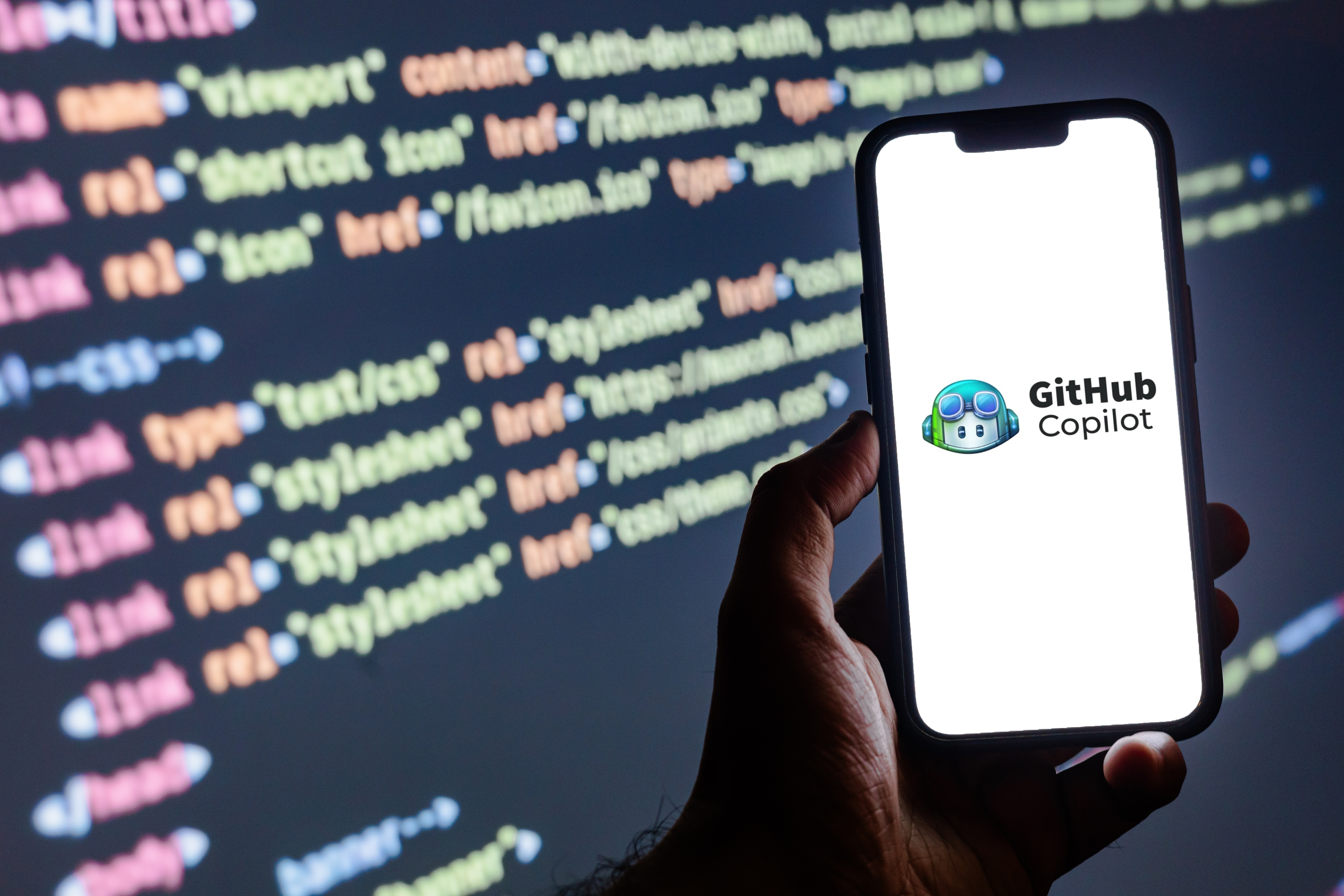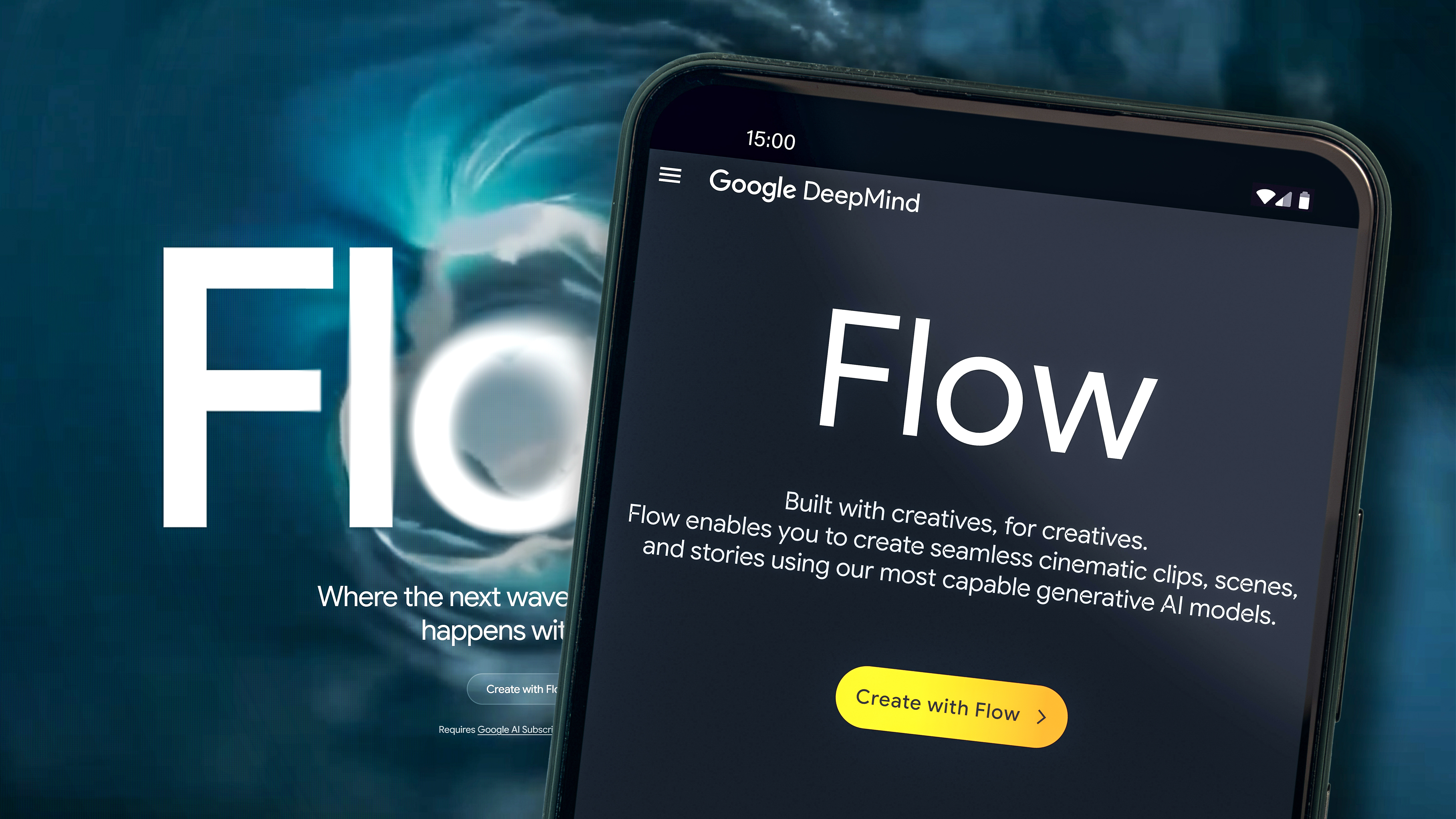This Hot New AI Job Requires Zero Experience — And Anyone Can Do It

If you’ve been paying attention, you know that it’s easier than ever to code, thanks to chatbots like ChatGPT and Claude. From entire websites to apps and games, AI has put the power of software development into the hands of everyday people.
The term “vibe coding” can be seen everywhere from TikTok and LinkedIn, with more roles for “vibe coders” popping up on job boards every day. Essentially, the term encompasses the concept of utilizing AI coding tools to create code rather than professional engineers.
Because many of the best tools like ChatGPT-5 and Claude require no subscription, users don’t need much more than a computer and Wi-Fi to code. It’s a game-changer in many ways, but just as we shouldn’t completely allow AI to do all of our writing for us, asking it to code requires human oversight, too.
What is vibe coding?

At its core, vibe coding is about using AI like ChatGPT, Claude or Gemini for building apps, websites or interactive projects without stressing over perfect syntax or traditional developer workflows.
Even better, you don’t need a specific course or a stack of programming textbooks; you just need a good idea, and AI will do the rest.
As I’ve proven in some of my tests, the results aren’t always flawless, because the focus is on speed, experimentation and creativity. You can always go back and tweak the results, however.
The code itself could be HTML, JavaScript or Python, but the point is that users do not have to know how to manually generate the code. While it certainly helps to have somewhat of an understanding, overall, vibe coders lean on AI to handle the technical heavy lifting while they steer the creative direction.
How to get started with vibe coding

1. Pick your project
The best way to get started is to pick your favorite coding chatbot and get started. Begin with a small project like a basic app and then move on to bigger projects like more complex apps and websites. The more you practice and prompt, the better you’ll understand how to get the best results.
2. Practice prompting and save your favorites
Because apps can be made with a single prompt, you’ll need to perfect your prompt. Practice basic templates and then move on for a better overall user experience. AI models respond surprisingly well to emotional or sensory language so practice getting the vibe of each app and website just right.
Get instant access to breaking news, the hottest reviews, great deals and helpful tips.
3. Experiment with interactive elements
Ask your AI assistant to add bouncing balls, morphing shapes, parallax scrolling or interactive music visualizers. This is where the fun lives and little flourishes that make your code authentically yours. Let your imagination and creativity flow.
4. Don’t sweat the bugs
Vibe coding is about accepting the mistakes and learning from them. When something looks off or doesn’t work exactly, tweak it and re-prompt as you go.
5. Get to know GitHub
GitHub is primarily a code hosting platform. Developers use it to store, share and collaborate on code projects. It’s built on Git, a version control system, which makes it easy to track changes, work with teams and manage open-source projects. The better you get at creating apps, the more you’ll want to share them and this (and platforms like it e.g. CodePen and even TikTok) are a good place to do that.
Tools you’ll need

- AI coding assistant. ChatGPT-5, Claude Sonnet 4, or Gemini Pro 2.5 work great.
- Code playground. Replit, Glitch or CodePen.
- Basic HTML/CSS knowledge. Optional but helpful.
- Your imagination. Plenty of patience is also key.
Bottom line
If you’ve dreamed of becoming a coder but aren’t good at programming, you’re in luck. Becoming a vibe coder doesn’t require years of programming (or even understanding it) and creating great apps doesn’t take experience anymore.
All you need is curiosity, creativity and a willingness to experiment with AI tools until your screen reflects the vibe in your head.
Follow Tom's Guide on Google News to get our up-to-date news, how-tos, and reviews in your feeds. Make sure to click the Follow button.
More from Tom's Guide
- I Tested ChatGPT-5 Against Claude Sonnet 4 in Coding Tasks — And There’s a Clear Winner
- I built 5 websites in under an hour with ChatGPT-5 — here’s how it’s possible
- How to use AI for writing — and still keep it authentically yours

Amanda Caswell is an award-winning journalist, bestselling YA author, and one of today’s leading voices in AI and technology. A celebrated contributor to various news outlets, her sharp insights and relatable storytelling have earned her a loyal readership. Amanda’s work has been recognized with prestigious honors, including outstanding contribution to media.
Known for her ability to bring clarity to even the most complex topics, Amanda seamlessly blends innovation and creativity, inspiring readers to embrace the power of AI and emerging technologies. As a certified prompt engineer, she continues to push the boundaries of how humans and AI can work together.
Beyond her journalism career, Amanda is a long-distance runner and mom of three. She lives in New Jersey.
You must confirm your public display name before commenting
Please logout and then login again, you will then be prompted to enter your display name.
